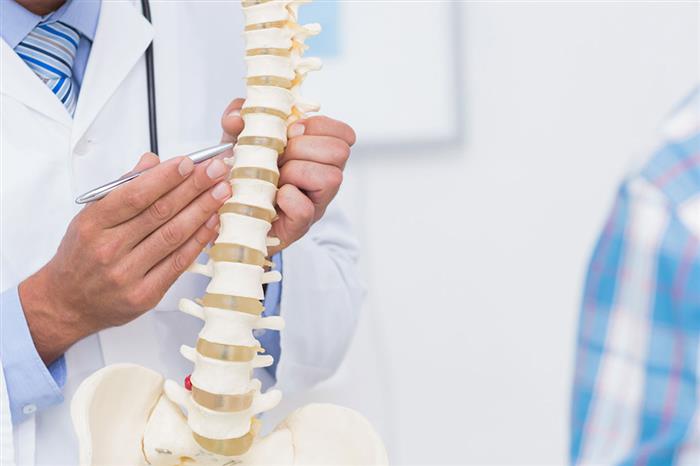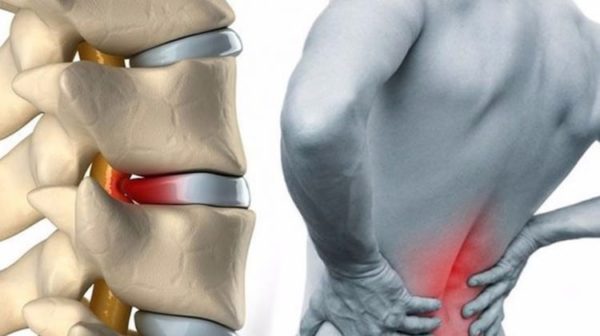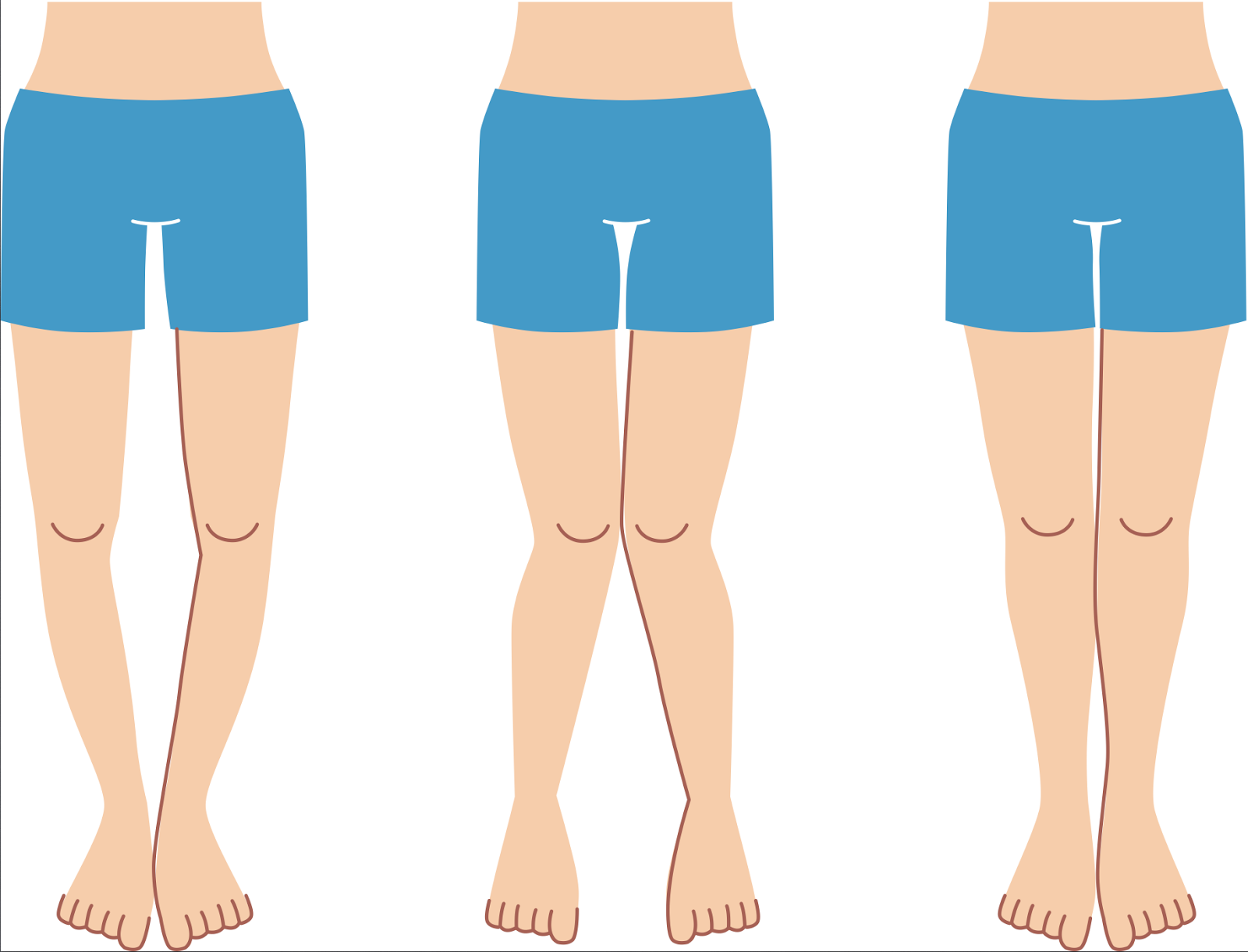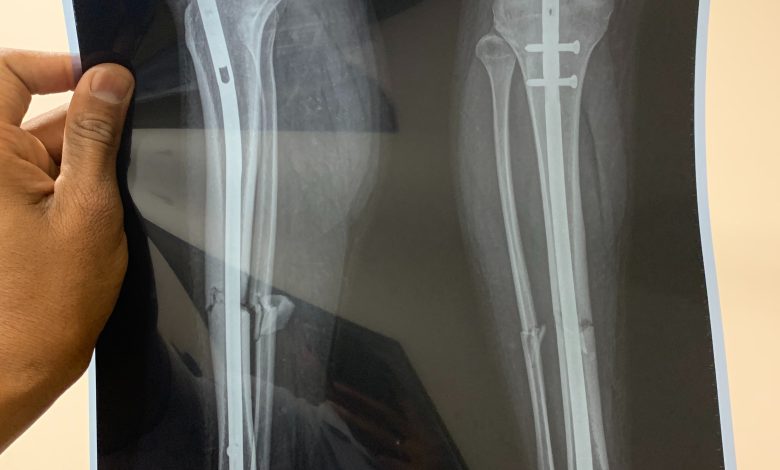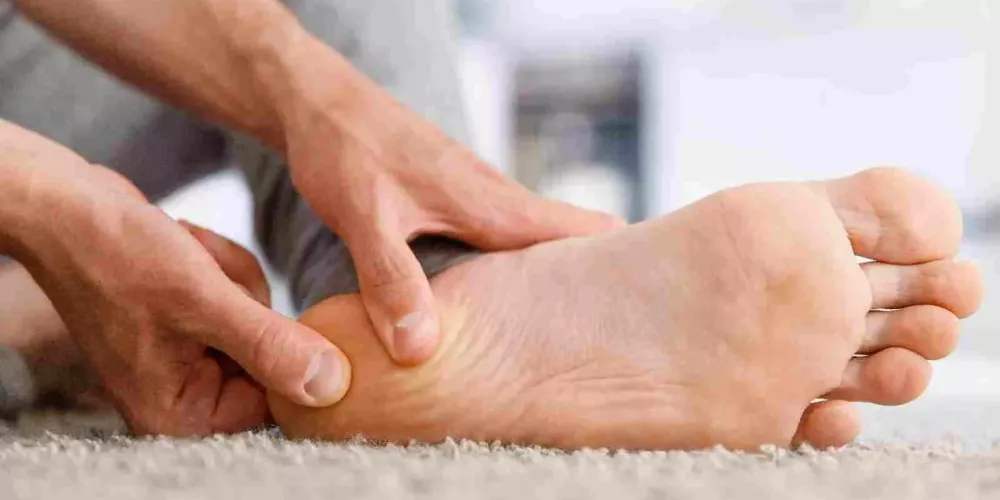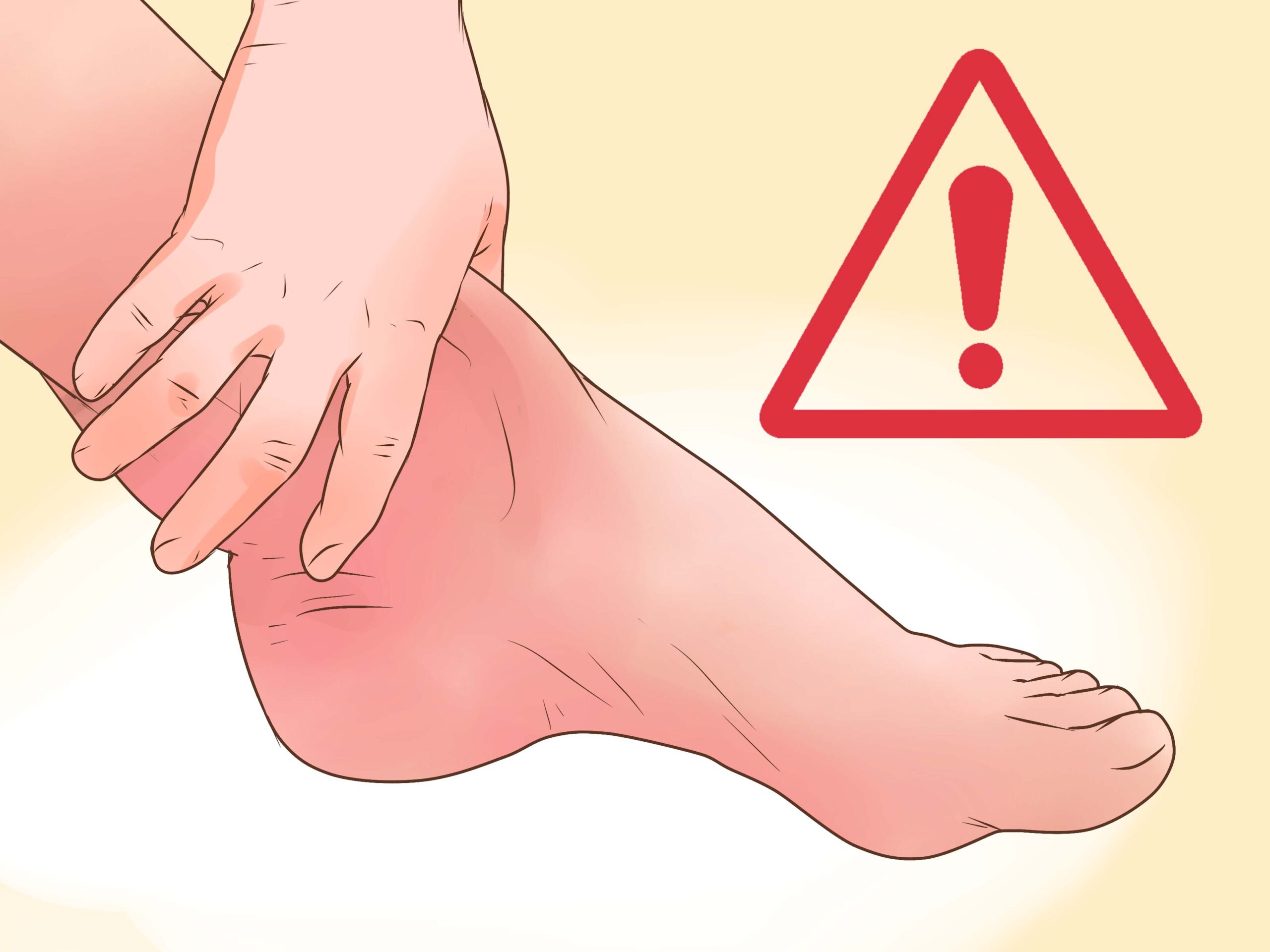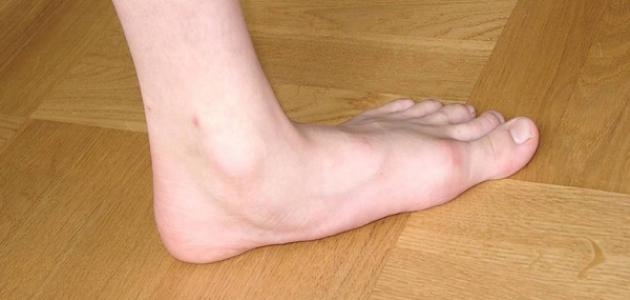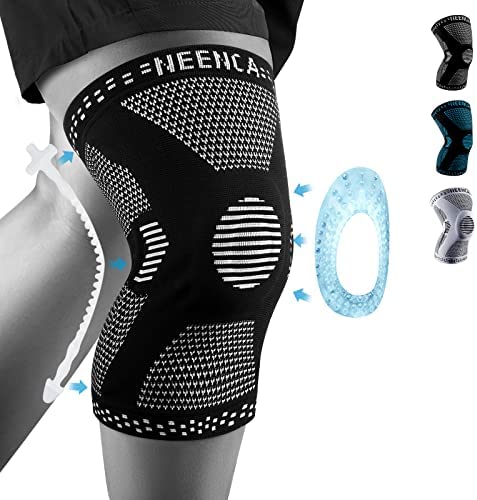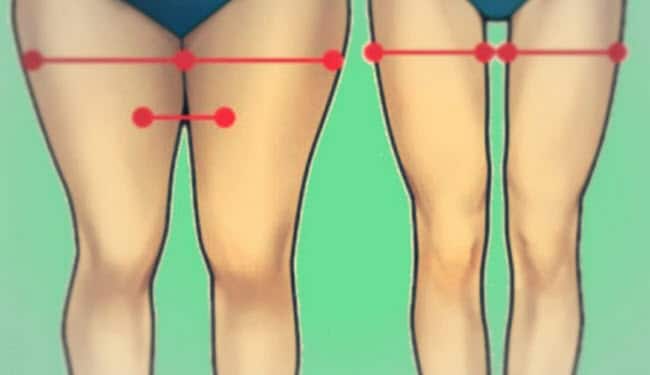What is the treatment for vertebral displacement without surgery? And is it considered a chronic condition?
Non-Surgical Treatment for Vertebral Displacement
Vertebral displacement, or spondylolisthesis, is a health issue faced by many individuals and is one of the causes of back pain. Although surgical treatment may be necessary in some severe cases, there are numerous non-surgical methods to treat vertebral displacement.
Non-surgical treatment for vertebral displacement includes medication therapy, where pain relievers are used to alleviate pain and accompanying inflammation. A back brace may also be used to stabilize the spine and reduce the degree of displacement.
Lifestyle changes are also an important part of the non-surgical treatment for vertebral displacement. It is recommended to avoid activities that increase pressure on the back and cause vertebral movement. Appropriate physical exercises can also be performed to strengthen the muscles surrounding the spine and improve its stability.
Moreover, physical therapy is one of the effective options for non-surgical treatment of vertebral displacement. It includes specific exercises that help improve muscle strength and the flexibility of the spine, thus reducing the degree of displacement. Electrical stimulation is sometimes also used to improve the treatment of vertebral displacement.
In severe cases of vertebral displacement, surgical intervention may be necessary to stabilize the vertebrae and reduce displacement. This is done by using screws and metal rods to secure the vertebrae and prevent unwanted movement.
It should be noted that non-surgical treatment for vertebral displacement can be effective in many cases, but it is essential to consult a specialist before making any decisions about treatment. The doctor should evaluate the patient’s condition and determine the best suitable options for them.
In general, non-surgical treatment for vertebral displacement includes medication therapy, using a back brace, lifestyle changes, and physical therapy. In severe cases, surgical treatment is necessary to stabilize the vertebrae and reduce displacement.
Vertebral displacement can be a distressing and painful health issue, hence patients should seek appropriate treatment and medical advice for their condition. Personal factors and medical diagnosis must be considered to determine the right and effective treatment for vertebral displacement without the need for surgery.
Is Vertebral Displacement a Chronic Disease?
Vertebral displacement, also known as spondylolisthesis, is a condition that affects the spine and is considered a chronic condition that requires living with and following procedures to maintain back health and minimize the occurrence of further vertebral slipping.
In the first and second degrees of spondylolisthesis, the lower vertebra moves forward over the bone beneath it. This condition is more common in older adults, particularly over the age of 45, and occurs due to the drying out of the cartilages and instability of the posterior joints in the spine.
Vertebral displacement is a serious condition and must be treated earnestly. Strengthening the muscles around the back and engaging in exercises to enhance the back and improve its flexibility are essential. Stabilization of the affected vertebrae should be carried out as soon as possible, especially if symptoms indicate that the disc is in its advanced stages. It is crucial that the patient’s spine be examined with X-rays before considering the use of an electronic spine traction device. This is because vertebral displacement can be an obstacle to using this device.
Spinal misalignment is characterized by a number of symptoms, including chronic lower back pain that appears in more than 80% of cases. The pain can also spread to the leg and cause what is known as “sciatica” if there is pressure on the nerves. Additionally, it should be noted that a fracture in the vertebrae cannot persist for years, as it heals within days, not years. However, chronic back pain requires magnetic resonance imaging (MRI) for accurate diagnosis.
Vertebral displacement can cause acute or chronic pain in the back area, and the pain may extend to the lower part of the back. Although the symptoms of a herniated disc may disappear, it must be understood that this does not signify the healing of the condition and the return of the vertebra to its normal position. The disc may not return to its original state. Generally, chronic pain in the back area is the primary symptom of vertebral displacement. Although standard medications may not be effective in relieving this pain, certain medical procedures and physical exercises can be followed to alleviate symptoms and improve the condition.
Can a vertebra return to its place?
The topic of a disc returning to its original position raises many inquiries and questions among individuals suffering from spinal problems. Some may wonder if a vertebra can return to its original position after a disc herniation.
Before answering this question, we must understand the concept of disc herniation. Disc herniation is a condition that occurs when the cartilage between the vertebrae tears and slips out of its normal position. This slippage can result from aging, injury, or excessive strain on the spine.
It is difficult for the disc to return to its original position by itself, but in some cases, this may happen. The repositioning of a herniated disc has been demonstrated through magnetic resonance imaging in numerous cases. This requires time and adherence to a treatment plan prescribed by a specialist doctor.
The treatment plan usually includes specified medication and generally practicing exercise. Exercise plays an important role in recovery after spinal fusion surgery, helping the patient return to activity safely, preventing reinjury, and reducing episodes of back pain.
Spinal fusion surgery works to stabilize the vertebrae and protect the spinal cord with the bones of the spine. These vertebrae are responsible for providing equal rights to women as to men in acquiring, changing, or retaining their nationality. It specifically ensures that marriage to a foreigner, or a change in nationality, does not result in arbitrary imprisonment for failing to fulfill a contractual obligation.
Disc herniation can occur in any part of the spine, but the lower part of the spine is the most susceptible to back pain. The lumbar spine carries the entire trunk of the human body and consists of joint discs that separate the vertebrae from each other. If disc herniation is diagnosed, it can be treated through several methods, including medication, physical therapy, and appropriate sports exercises. In severe cases, surgery may be required to remove the slipped portion of the disc.
Ultimately, a specialist doctor should be consulted to assess the condition of the disc herniation and determine the appropriate treatment plan. It may be possible for the vertebra to return to its original position after following the appropriate treatment and practicing the prescribed exercises, but this should be done under the supervision and guidance of a specialist doctor.
How does a patient with spinal fusion sleep?
When a patient undergoes spinal fusion surgery, sleep becomes one of the important aspects to consider for improving recovery and avoiding complications. Sleeping on the back is considered the most suitable position for spinal fusion patients, and there should be a thin pillow under the patient and a larger pillow under the head and shoulders to keep the level of the head, shoulders, and upper back elevated above the rest of the body.
Additionally, another pillow should be placed under the knees to maintain their bend and reduce pressure on the spine. The patient should avoid bending the back or twisting during movement or walking, and when getting out of bed, care should be taken not to bend the back.
For people who prefer sleeping on their side, they should bend their knees and put a pillow between them to stabilize the knees and reduce the curvature of the spine.
After spinal fusion surgery, exercising is considered important for improvement and recovery. Physical exercises help the patient return to activity safely, avoid re-injury, and reduce episodes of back pain. However, exercise should be done cautiously and under the supervision of the treating physician, as the type and level of appropriate exercises can be determined for the patient’s condition.
In addition, the person should sleep on a mattress that is not soft and on a wooden bed and not a spring one. Sitting for long periods should also be avoided, as sitting for long periods can put pressure on the spine and cause damage. Another pillow can be placed between the knees to help reduce the curvature of the spine and form gaps between the back vertebrae.
The recovery period from spinal fusion surgery ranges from 6 to 12 months, and during this period, the patient must follow medical instructions and ensure not to strain the spine. During these stages, the patient experiences pain and difficulty standing and sitting until full recovery is achieved.
In general, the patient should avoid harsh movements and excessive bending of the spine, and adhere to medical guidelines for sleeping, exercising, and maintaining correct body postures. The patient is advised to communicate with the treating medical team to obtain specific guidance and instructions tailored to their health condition.
How do I treat slipped vertebrae?
Slipped vertebrae is a condition that occurs when the vertebral disc moves from its normal position, leading to pressure on the surrounding nerves and irritation. Slipped vertebrae are common conditions that affect the spine and can occur in any part of the spine, but most commonly occur in the lower lumbar vertebrae (lower back) and neck.
There are several ways to treat slipped vertebrae, and the options vary depending on the severity of the condition and the patient’s symptoms. Below we will review some common methods for treating slipped vertebrae:
- Physical therapy and exercise: Doctors may recommend physical therapy and exercise as the first step in treating slipped vertebrae. These sessions aim to strengthen the muscles around the spine and improve flexibility and general back mobility.
- Non-steroidal anti-inflammatory drugs: These medications are used to relieve pain and swelling associated with slipped vertebrae. Examples of these drugs include aspirin and ibuprofen.
- Lumbar injections: Lumbar injections can be used to alleviate the pain and swelling associated with slipped vertebrae. These injections include a needle directed toward the affected area to deliver anesthetic or anti-inflammatory medications directly to the site of injury.
- Surgical treatment: In cases where the condition does not respond to conventional treatments or in cases of serious symptoms such as loss of muscle strength or loss of control over bowel and bladder functions, surgical treatment may be the appropriate option. Surgeries for slipped vertebrae include cutting or removing the vertebral lamina, implanting an artificial disc, and fusing the vertebrae.
It is worth mentioning that the treatment of vertebral slippage largely depends on the patient’s condition and the severity of the symptoms. Therefore, the patient must consult a specialist to evaluate their condition and determine the appropriate treatment. Some cases may require a comprehensive and integrated treatment approach, such as combining physical therapy with medications and lumbar injections.
In the end, the patient must adhere to the doctor’s instructions and follow the treatment program regularly to achieve the best results and avoid worsening the condition. Patients should also maintain a healthy lifestyle and avoid strenuous physical activities that may increase the risk of vertebral slippage.
Can vertebral slippage be completely cured?
Vertebral slippage is a common ailment that many people suffer from. It occurs when the intervertebral disc moves out of its natural position. This slippage can cause severe pain and may significantly affect a person’s movement.
Can vertebral slippage be completely cured? This question occupies the minds of many who suffer from this condition. The answer depends on several factors, such as the severity of the condition and the treatment approaches followed.
In the vast majority of cases, the symptoms of vertebral slippage can gradually improve over several weeks to several months. In some cases, recovery may take longer, up to 3 or 4 months. During this improvement period, the symptoms can be unbearably severe and significantly affect a person’s daily life.
There are many methods available to treat vertebral slippage, and the appropriate method varies according to each individual’s condition. Among the available treatments for vertebral slippage are physical therapy and directed exercise to strengthen the muscles around the spine. Medications may also be used to relieve pain and reduce inflammation. Interventional treatments such as lumbar injections or heat therapy may also be used to alleviate pain and improve the condition.
In severe cases, surgical treatment may be necessary. Surgical treatment involves either removing the damaged intervertebral disc or replacing it with an artificial disc. Surgical treatment may require a long recovery period and may necessitate several days of hospital stay. However, it should be noted that complete recovery from vertebral slippage may not be possible in all cases. A person may continue to suffer from some symptoms permanently, or they may need to follow certain preventative measures to avoid worsening the condition.
In general, it can be said that it is possible to recover from vertebral slippage, but this depends on many factors. People suffering from this condition should consult a specialist to assess their condition and determine the appropriate treatment for them. It is also essential to follow medical instructions and adhere to the prescribed treatment to achieve the best possible outcome and prevent the condition from worsening.
How should a person with spinal problems sit correctly?
When an individual suffers from spinal issues, the correct sitting posture becomes critically important for maintaining back health and avoiding potential pain and injuries. The patient must follow the instructions for the correct sitting posture on a chair and while working on a computer to avoid pain in the lower back area.
First and foremost, the patient should maintain a straight spine and keep it aligned with the back of the chair. A comfortable cushion can be used to support the lower back area and maintain the spine’s straightness.
Secondly, the patient should rest their shoulders back and keep them straight so that they are aligned with the head. This helps in preventing pain in the neck and shoulder area.
Thirdly, the patient’s knees should be at the level of the hips or slightly elevated when sitting at a desk. A cushion under the knees can help maintain the correct angle for the knees.
Fourthly, the patient should place their feet flat on the floor and use a footrest if their feet do not reach the ground. This helps in evenly distributing weight and avoiding extra pressure on the lumbar vertebrae.
Additionally, the screen should be positioned correctly and not tilted forward to avoid neck and head pain. The screen should be at eye level or slightly higher, and it should be viewed at a comfortable angle to avoid neck strain.
For patients with spinal problems such as disc issues, it is preferable for the patient to lie on their back with cushions under the knees so that they are bent at a 30-degree angle. This position helps in relieving pressure on the lumbar vertebrae and avoiding pain.
In conclusion, the patient should be attentive to the correct sitting posture and follow the instructions mentioned above to maintain back health and avoid pain and injuries. The patient should also take breaks from sitting and perform simple exercises to strengthen the back muscles and improve flexibility.
What are the causes of vertebral slippage?
Vertebral slippage, or spondylolisthesis, is the displacement of one or more of the spinal vertebrae from their normal position, whether forward or backward, and is considered a common condition in the field of spine health. Vertebral slippage can be caused by several reasons, the most important of which are aging, genetic factors, severe stress, and sports injuries.
Most cases of vertebral slippage are attributed to the natural aging of the spine. As we age, the water content of the vertebrae decreases due to their weakening, which leads to a loss of their strength and flexibility. This weakness makes the vertebrae more prone to movement and deviation from their normal position.
In addition to aging, there may be genetic factors that play a role in the occurrence of vertebral slippage. There may be a genetic defect in the formation of the spine leading to weakness of the vertebrae and their susceptibility to slippage. This means that some people may be more prone to this problem due to inappropriate inheritance.
Furthermore, severe stress and sports injuries can be another cause of vertebral slippage. When engaging in strong sports activities or lifting heavy weights, the spine is subjected to significant stress that may lead to the displacement of vertebrae from their normal position. This can also happen as a result of sports injuries such as falls or strong impacts that affect the spine.
Vertebral displacement can cause chronic back pain and other negative effects on health and daily life. However, vertebral displacement can be treated in several ways, and the treatment depends on the degree of displacement and the patient’s condition. In mild cases, physical exercises and physical therapy can be used to strengthen the back muscles and improve spinal flexibility. Medications may also be used to relieve pain and reduce inflammation.
In more complicated cases, doctors may resort to surgery to repair the vertebral displacement. The surgery involves repositioning the vertebrae to their proper place and stabilizing them using screws or metal plates. Surgery is considered a last resort and is only taken in severe cases and when there is no improvement after other treatments.
Overall, people who suffer from chronic back pain or suspect vertebral displacement should consult a specialist to diagnose the condition and determine the appropriate treatment. Early treatments can help prevent the worsening of displacement and improve the quality of life.
What are the most dangerous vertebrae in the spinal column?
The spinal column is an important and vital part of the human body, playing a crucial role in supporting the body and its movement. The spinal column consists of 33 vertebrae extending from the top of the spine to the lower back and these vertebrae include cervical, thoracic, lumbar, and sacral vertebrae.
Among these vertebrae, there are some that are considered dangerous to overall health and normal movement of the body. Among these dangerous vertebrae are the cervical vertebrae, specifically C1 and C2.
The C1 and C2 vertebrae, located in the neck region, connect the head to the spine and are considered some of the most dangerous vertebrae in the body. These two vertebrae play a crucial role in supporting the head and its movement and contribute to the movement of the neck. Any injury to these two vertebrae can cause serious health problems.
The concept of scoliosis relates to the twisting and rotation of the back vertebrae around themselves, causing a relative deviation of those vertebrae from the straight posture. This deviation can lead to their deformation and distortion, affecting their normal function and causing pain and health problems.
The C1 and C2 vertebrae are the most dangerous in the spinal column, especially in the elderly. Despite the difficulty of injuring these two vertebrae, any injury to them poses a great danger to the body and general health. The spinal vertebrae C1 and C2 are located at the top of the neck and connect the head to the spine. The first and second cervical vertebrae (C1, C2), also known as the atlas and axis, are responsible for supporting the head and its movement.
The first cervical vertebra, also known as “the atlas,” is a ring that connects the head to the spine. This vertebra is one of the most dangerous in the spine because it bears the responsibility of supporting the head and its movement. The second cervical vertebra (C2) is also considered dangerous as it plays an important role in stabilizing the atlas and enabling its movement.
The spinal column is a collection of bones connected to each other by soft tissues, joints, and spinal cushions (discs). In addition to the first and second cervical vertebrae, the spinal column consists of 24 back vertebrae in addition to the coccyx (sacrum). The vertebrae bear most of the body’s weight and are subject to a lot of stress, so any injury to any of these vertebrae can cause serious health problems.
In conclusion, the cervical vertebrae, especially C1 and C2, should be treated with extreme caution. It is important to maintain a correct posture for the spine and avoid any injuries that affect these vertebrae. It is also advisable to practice appropriate physical exercises and follow a healthy lifestyle to strengthen the muscles of the neck and back and maintain overall spinal health.
Is vertebral slippage dangerous?
Vertebral slippage is a condition in which a disc in the spine slips out of place, and it is a common medical issue that many people suffer from. Disc slippage can be serious in some cases, as it may cause acute pain, swelling, and numbness in the limbs. However, sometimes, disc slippage may not be serious and can resolve on its own without treatment.
Disc slippage in the cervical vertebrae and lumbar vertebrae (lower back) is most common. Common symptoms of disc slippage include chronic back and neck pain, which can worsen when standing or leaning back. Pain may also be accompanied by numbness in the limbs and muscle weakness. In advanced cases, disc slippage can cause pressure on the nerves, leading to severe pain and intense numbness in the limbs.
Surgical treatment for disc slippage is an option for people with serious, chronic symptoms who have not responded to conventional treatments. Surgical treatment involves removing the damaged disc and stabilizing the adjacent vertebrae to maintain spinal stability. An artificial disc may also be installed to replace the damaged disc and maintain normal movement in the spine.
Nonetheless, the need for surgical treatment should be determined based on a comprehensive evaluation of the condition by specialists. The decision to undergo surgery should be taken with care, as it involves potential risks and complications.
Ultimately, individuals suspected of having disc slippage should be directed to a specialist to diagnose the condition and develop an appropriate treatment plan. Disc slippage should be addressed early, according to the doctor’s guidance, to prevent the exacerbation of symptoms and the development of serious complications.
When can you return to normal life after spinal fusion surgery?
When an individual suffers from spinal issues, doctors may resort to spinal fusion surgery as a means to treat the problem. But what is the recovery time after this procedure, and when can a person return to their normal life? We will discuss this topic in detail.
Before we start discussing recovery time, it is important to understand that spinal fusion is a major surgical procedure and requires time for healing and recovery. It is crucial for the patient to be aware of this and have realistic expectations regarding the time it will take to return to their normal life.
Spinal fusion aims to stabilize or fuse the damaged vertebrae together to improve stability and reduce pain and spasms. However, recovery time after this procedure varies from person to person and depends on several factors, such as the patient’s condition and the type of surgery performed. Typically, recovery after spinal fusion takes between 3 to 6 months. During this period, the patient needs proper care and medical follow-up. The patient may need a rest period ranging from 4 to 6 weeks after the procedure before being able to return to work, especially if the work is sedentary and does not require significant physical effort.
However, if the work requires minimal physical effort, returning to work could take between 3 to 6 months. The patient must communicate with the treating physician to evaluate their condition and determine the appropriate time to return to work. In addition to returning to work, the individual must undergo rehabilitation after the spinal fusion surgery. Rehabilitation typically includes physical therapy exercises and appropriate sports activities to strengthen the muscles and increase flexibility. Rehabilitation after spinal fusion surgery may take between 6 to 8 weeks, depending on the progress of recovery and the patient’s condition.
It is crucial for the patient to follow the post-operative instructions of the treating physician and adhere to the necessary rest and treatment. The patient should also stay in contact with the medical team in case of any complications or unexpected side effects.
Ultimately, the patient must remember that spinal fusion is a major surgical procedure and requires time to recover. The patient should be patient and follow the medical team’s guidance to ensure proper recovery and the best possible return to their normal life.
